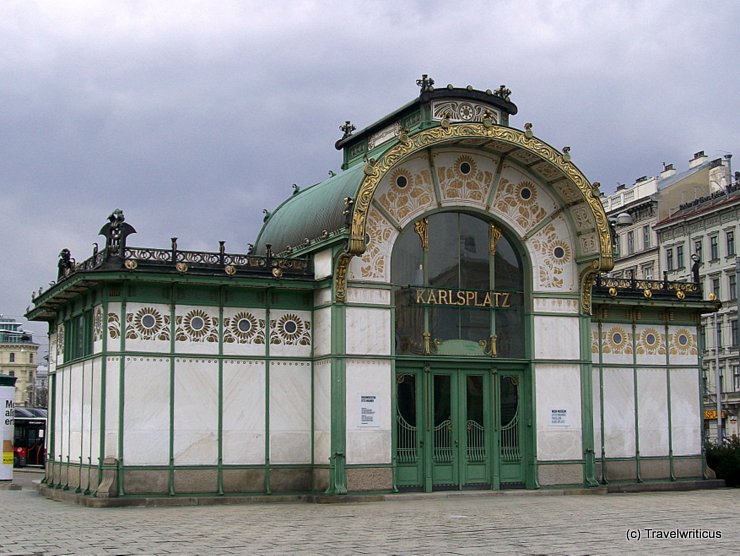
This Art Nouveau pavilion dates back to 1898. Architect Otto Wagner designed it as a station building for the Viennese Metropolitan Railway (Wiener Stadtbahn). Today the Otto Wagner Pavillon houses a museum about this famous urban planner.
You only see what you know (Goethe)

This Art Nouveau pavilion dates back to 1898. Architect Otto Wagner designed it as a station building for the Viennese Metropolitan Railway (Wiener Stadtbahn). Today the Otto Wagner Pavillon houses a museum about this famous urban planner.
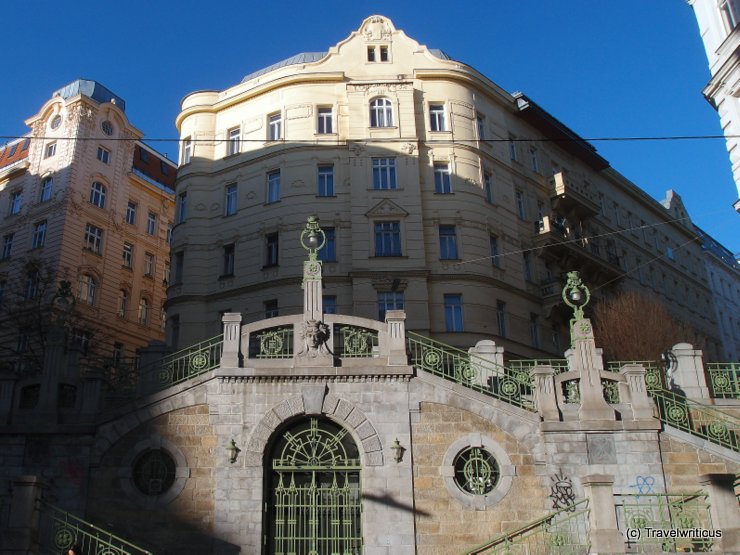
Architect Max Hegele built the Fillgraderstiege in 1905 – 1907. The outdoor staircase connects the Fillgradergasse with the Theobaldgasse in Vienna’s 6th district of Mariahilf. Architecturally, it is considered Viennese Art Nouveau. [German]
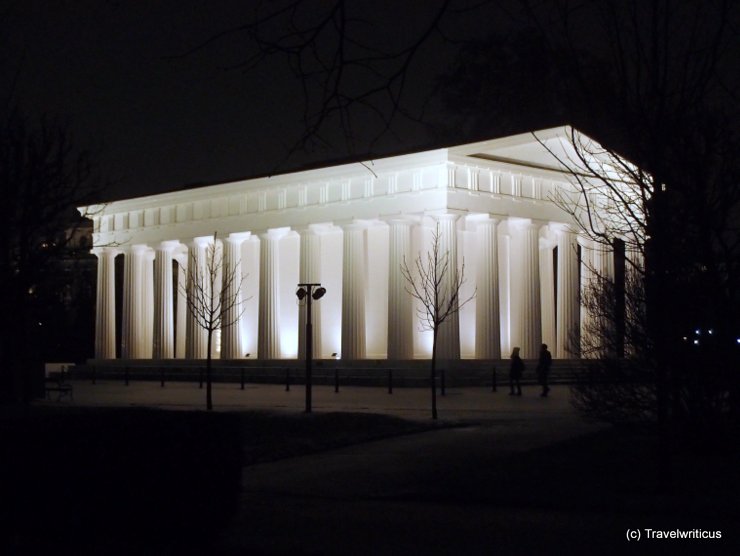
It is not visible from the Wiener Ringstraße. Only those who enter the public park named Volksgarten suddenly find themselves facing a piece of Greek antiquity. Of course, it isn’t ancient. The Theseus Temple is a classicistic building from the years 1819/23. [German]
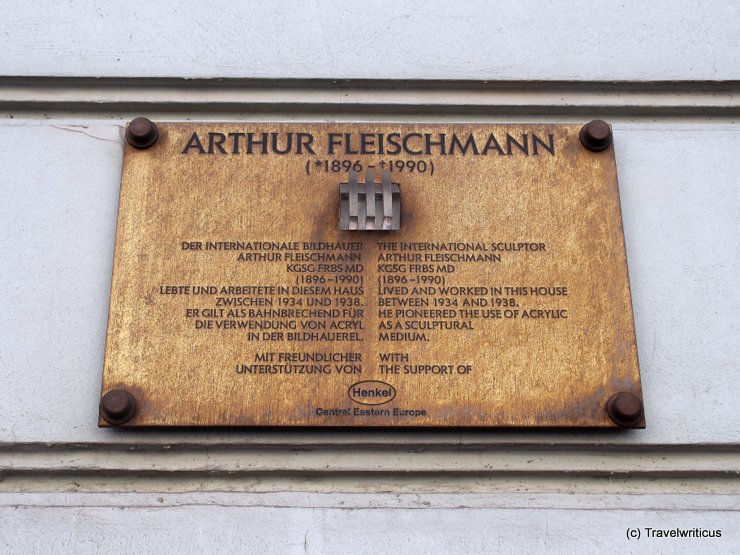
This memorial plaque on the Favoritenstraße 12 in Vienna reminds passers-by of the Slovakian-born sculptor Arthur Fleischmann. The design is pretty clever. A piece of acrylic refers to the fact that the artist used this material in his works many times. [German]

Though I don’t believe in fabulous creatures, I always love to see depictions of them. I found this pair of griffins guarding a bollard in front of a building on the historicizing Wiener Ringstraße (Vienna Ring Road).
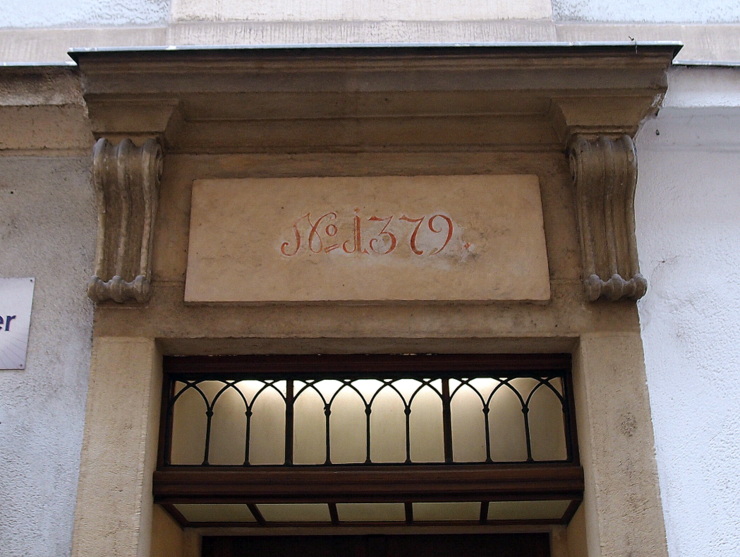
The first official numbering of houses in Vienna was ordered by Maria Theresa in 1770. Following this order, the house numbers were given successively as the houses were built. No street names but numbers from 1 to nonterminating.
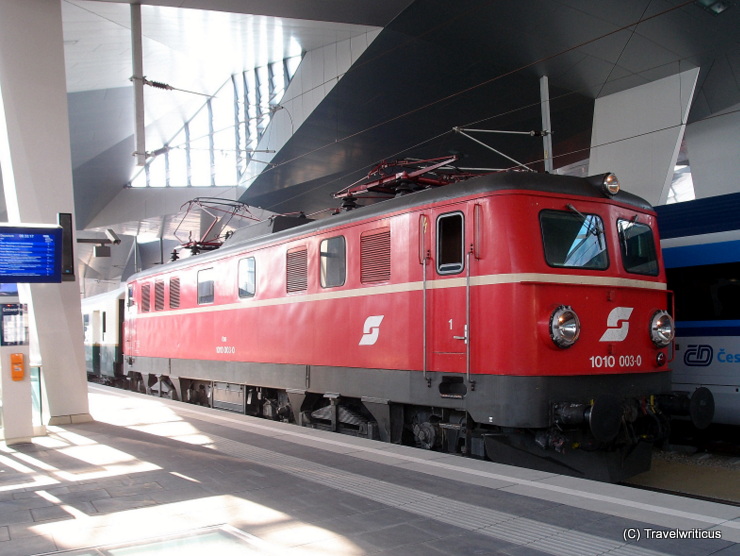
While I was waiting for a Railjet in the modern architecture of the new Vienna Central Station, a vintage locomotive sneaked in. It was a model of the rare ÖBB Class 1010. Only 20 units saw their construction in the years 1955–1958. [German]

The Loos House (Looshaus) is a central work of the Viennese Modern Age (Wiener Moderne). Architect Adolf Loos designed it in 1910. Because of the missing decorative elements above the windows, the Viennese called the building “The house without eyebrows”. [German]

This monument to Wilhelm von Tegetthoff stands next to the Praterstern railway station in Vienna. Wilhelm von Tegetthoff was an Austrian admiral who became famous for the Victory of Lissa (1866). [German]
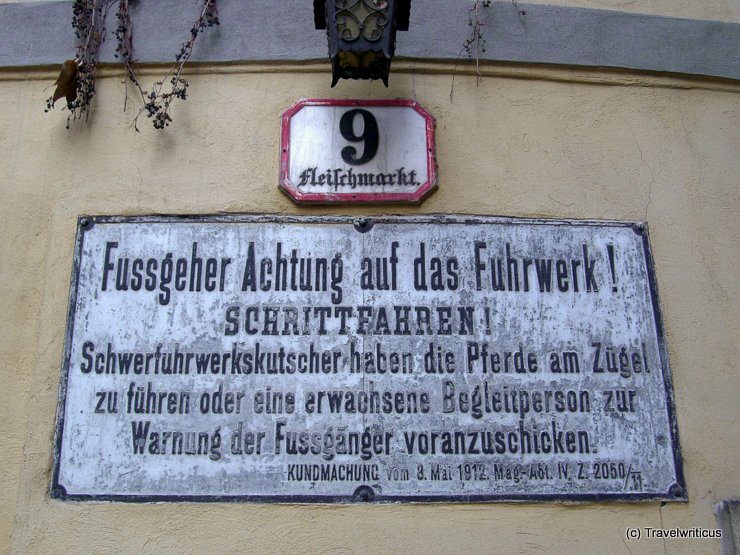
On my walk through Vienna, I came across this sign dating back to 1912. It asked drivers of heavy horse-drawn wagons to walk next to the horses or to send an accompanying person ahead to warn the pedestrians.

You find this depiction of Empress Elisabeth “Sisi” of Austria at the Volksgarten in the 1st district of Vienna. Friedrich Ohmann created the monument. The statue was a work by Hans Bitterlich.
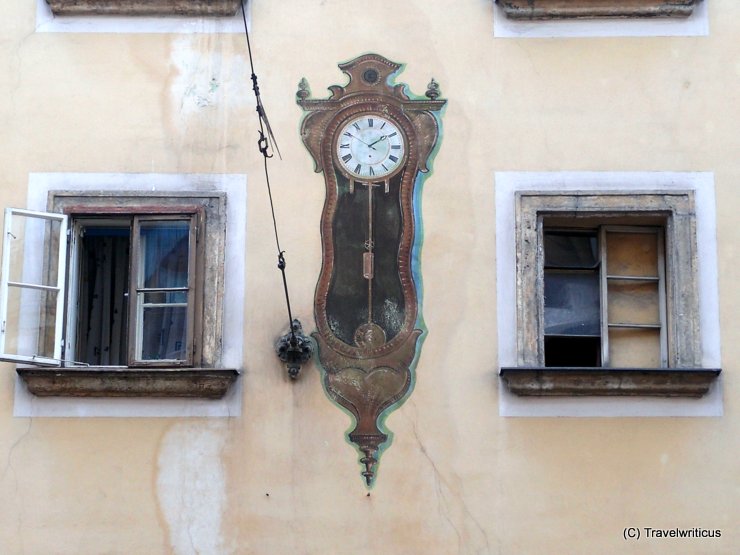
While walking through the lanes of Vienna, I came across this mural portraying a pendulum clock. I found it on the facade of a building that is considered the smallest one in Vienna.